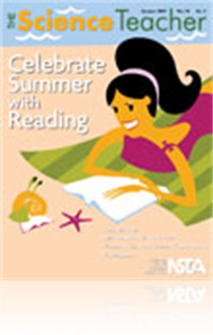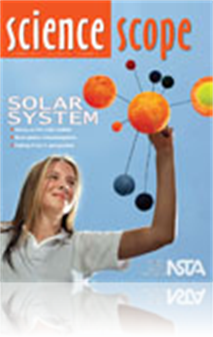All Resources
Journal Article
Favorite Demonstration: A Candle Lights the Way to Scientific Discourse
The science conversation cited in this article showed the development of an inquisitive attitude, scientific reasoning skills, the motivation and competence to participate in a scientific discourse, and a deeper understanding of the nature of science...
Journal Article
The experts address the following question in this month’s column: How do fireflies get their light power?...
Journal Article
Teaching through Trade Books: Down the Drain
In developed countries such as the United States, it is easy to take water for granted. Americans use more water per capita than anywhere else in the world, up to 100 gallons a day. That’s 10 times the amount of the water that an average person l...
Journal Article
Mentoring New Science Teachers
Most experienced high school science teachers are asked at some point to serve as a mentor to a novice teacher. While mentor-training programs have been established in many states, they often only focus on how the mentor can help new science teachers...
Journal Article
WebGURU: The Web-Based Guide to Research for Undergraduates
Undergraduate research (UR) is widely promoted by faculty, administrators, institutions of higher learning, government laboratories, private industry, professional associations, and funding agencies as an effective method of training college students...
Journal Article
“What starts out long but gets shorter then longer each day?” Shadows! This students clever riddles was an opportunity to investigate how the Sun’s daily position in the sky influences shadow length. Thus began a mini-lesson which was create...
Journal Article
Extreme Arthropods: Exploring Evolutionary Adaptations to Polar and Temperate Deserts
In this activity, Namib and Antarctic arthropods are used to illustrate several important biological principles. Among these are the key ideas that form follows function and that the environment drives evolution. In addition, students will discover t...
Journal Article
Science 101: How can an ocean liner made of steel float on water?
Sinking and floating is a subject covered in many science classes, from kindergarten through college physics. Even the audiences of late-night talk shows get to predict whether an object will sink or float in water. And of course, we all know that wi...
Journal Article
School is out and the summer is full of both official and unofficial holidays that prompt us to enjoy science and the profession of sharing it. As in past years, the reviewers and editors of NSTA Recommends—ready and willing to share their enthusi...






